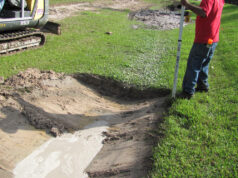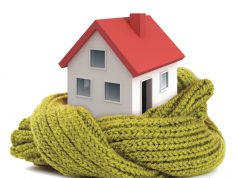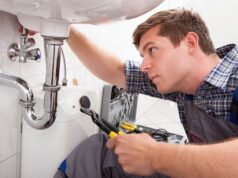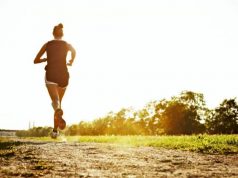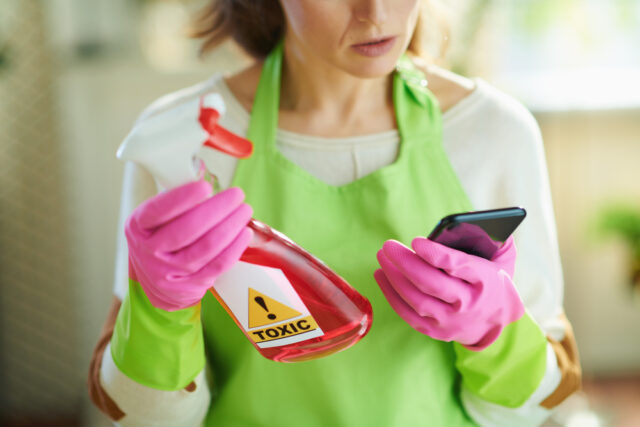
Cleaning is a routine task that helps maintain a comfortable, and more importantly, healthy living environment. To achieve this, it’s essential to prioritize safety while taking care of your housekeeping and avoid accidents and exposure to harmful substances. Whether you’re tidying up your home or getting ready for a thorough deep clean of your space, following safety precautions is key.
In this guide, dedicated professionals from St. Louis explore seven practical ways to stay safe while cleaning, ensuring that your cleaning routine remains a positive and hazard-free experience.
1. Carefully Read Product Labels and Instructions
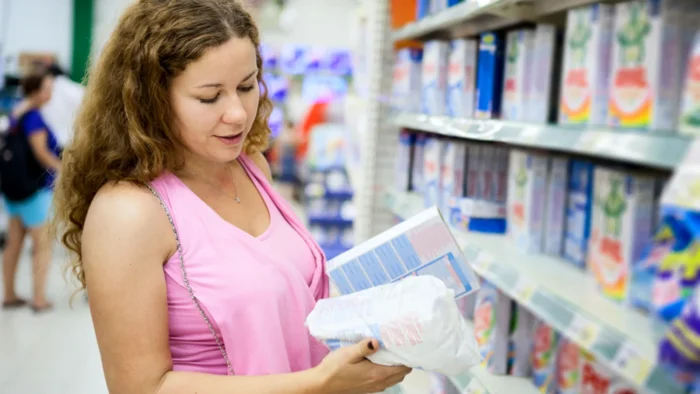
Before using any cleaning product, take the time to read the labels and follow the manufacturer’s instructions carefully. Pay attention to the warnings and recommended usage guidelines. Additionally, familiarize yourself with any emergency procedures or first aid measures listed on the label in case of accidental exposure or ingestion. Understanding how to use the product safely is the first step in staying safe when it comes to house maintenance.
2. Ventilate the Area
Proper ventilation is essential when using cleaning products that contain strong chemicals or emit fumes. Open windows and doors to allow fresh air to circulate, and use exhaust fans if available. Ventilating the area helps minimize exposure to potentially harmful vapors and improves air quality while cleaning. If working in a poorly ventilated space, consider using a respirator or mask rated for chemical fumes to protect your respiratory health.
3. Wear Protective Gear
Protect yourself from potential hazards by wearing appropriate personal protective equipment, such as gloves, goggles, and masks. Gloves shield your skin from contact with chemicals, while goggles protect your eyes from splashes or airborne particles. Masks can help filter out dust, fumes, and other respiratory irritants, especially when cleaning in confined or poorly ventilated spaces like attic or basement.
4. Avoid Mixing Cleaning Products
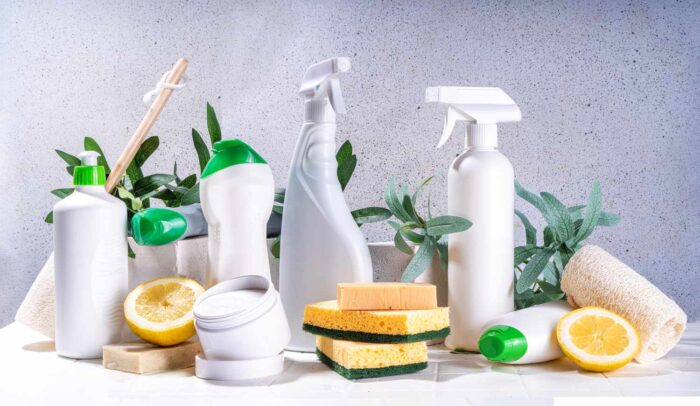
Mixing different cleaning products can result in dangerous chemical reactions or produce toxic fumes. To prevent any mishaps, avoid mixing cleaning agents unless explicitly directed to do so by the manufacturer. Use one product at a time and ensure proper ventilation when using multiple products in succession.
5. Store Cleaning Products Safely
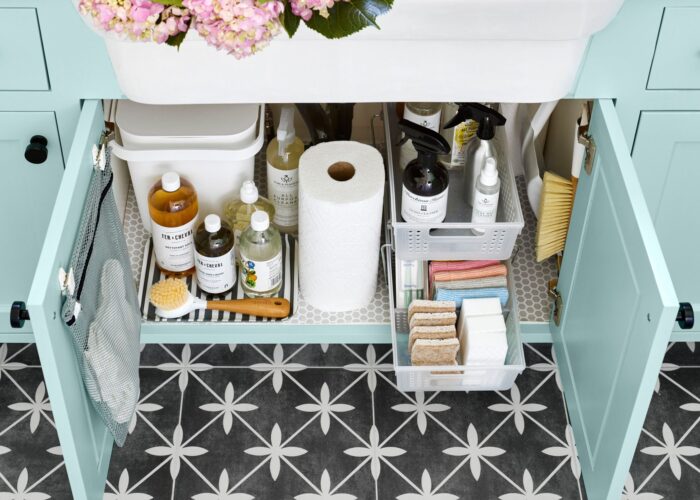
Store cleaning products out of reach of children and pets in a secure and well-ventilated area. Keep them in their original containers with labels intact and tightly closed lids. Always store chemicals away from food or beverages to prevent accidental ingestion or contamination. Also consider installing childproof locks on cabinets or storage areas where these products are kept to further prevent accidental access by small children or pets.
6. Use Caution on Slippery Surfaces
Wet floors and surfaces can be slippery and pose a slipping hazard, especially if you’re cleaning with water or liquid cleaning solutions. Use caution when walking on wet surfaces and consider placing warning signs or barriers to alert others to potential slip hazards. Wipe up spills promptly to prevent accidents and injuries. Additionally, use non-slip mats or rugs in areas prone to wetness, like your bathroom and kitchen, to provide traction and reduce the risk of falls.
7. Take Breaks and Don’t Forget to Stay Hydrated
Cleaning can be physically demanding, especially during extended or intensive cleaning sessions. Take regular breaks to rest and hydrate, especially if you’re feeling fatigued or overheated. Listen to your body and pace yourself to avoid exhaustion or injury while cleaning. Remember to stretch periodically to prevent muscle strain and stiffness, and consider enlisting help from family members or friends for larger cleaning tasks to share the workload and reduce individual fatigue.

